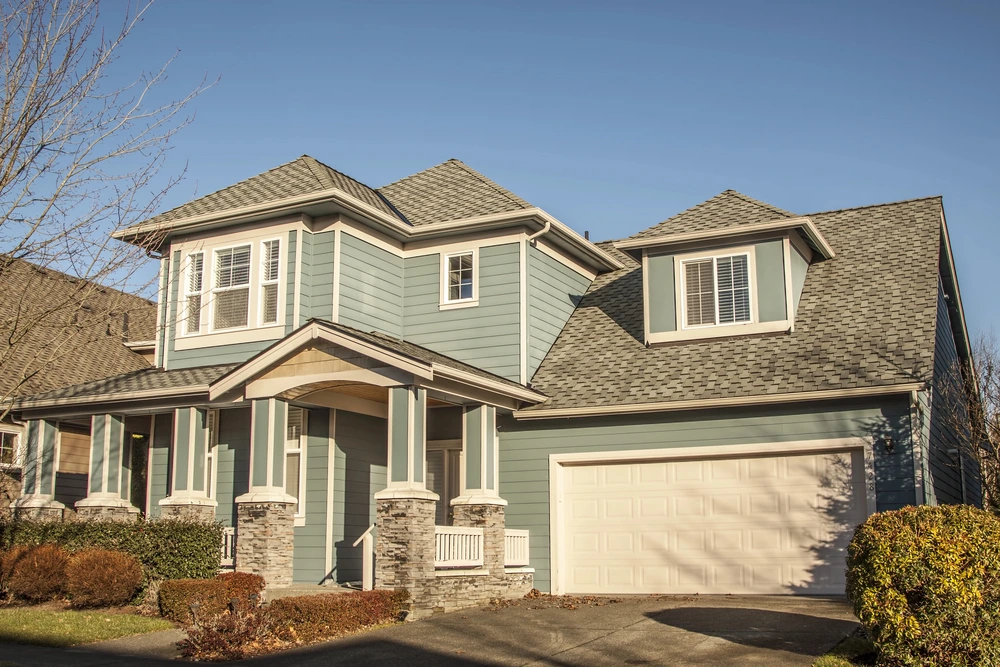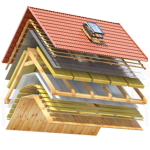When you visit the Site:
When you visit our website ("Site"), you will be assigned a permanent "cookie" (a small text file) to be stored on your computer's hard drive. The purpose of the cookie is to identify you when you visit the Site, so we can enhance and customize your online experience.
You can choose to browse the Site without cookies, but without this identifying file, you may not be able to take advantage of certain features of the Site. Each web browser is different, so generally, check the "Help" menu of your web browser to learn how to change your cookie preferences.
Technical Information
We also collect certain technical information from your computer each time you request a page during a visit to the Site. This information may include your Internet Protocol (IP) address, your computer's operating system, web browser type, and the address of a referring web site, if any. We collect this information to enhance the quality of your experience during your visit to the Site and will not sell or rent this information to any third parties.
We may also contract with third parties to provide us with data collection and reporting services regarding the Site and to track and measure the performance of our marketing efforts. These third parties may use cookies and may receive anonymous information about your browsing and activity on the Site. None of your personally identifiable information (such as your name, address, email address) will be received by or shared with these third parties.
Email Communications
From time to time, you may receive emailed information about our products, promotions, and services. In addition to receiving email from us, you may occasionally receive special mailings from us and/or from reputable companies whose products may be of interest to you. To remove your name from our email list, please click the "unsubscribe" link at the bottom of any promotional email or send an email to hello@acsidahoroofng.com.
Contests and Surveys
Contests and surveys provide us with an opportunity to improve our product offerings and enhance the Site. While we do not release specific information about contest and survey participants, we may provide interested third parties with aggregate data (such as user demographics) and may occasionally email our contest and survey participants about special offers and Site updates. If you prefer not to receive email from us, please click the "unsubscribe" link at the bottom of any promotional email or send an email to hello@acsidahoroofng.com.
Link Tracking
In order to create a better electronic community, we may collect specific user profile information, such as the referring URL. This information is used to identify broad demographic trends that may allow us to provide you with information tailored to your interests. You will not be personally identified from this information.
SMS Disclosure for Aztec Construction Services LLC
By providing your phone number and opting in to receive SMS messages from Aztec Construction Services LLC, you agree to the following terms:
Types of Messages:
You can expect to receive SMS communications regarding:
- Inspection notifications
- Proposal updates
- Project management information
Messages will be sent only as often as necessary to facilitate the inspections, project management, and proposal processes. You will receive updates and notifications relevant to your ongoing projects.
Standard message and data rates may apply. Please check with your mobile carrier for details on your plan.
Opt-Out Instructions:
If you wish to stop receiving SMS messages from us, you can opt-out at any time by replying with the word "STOP." You will receive a confirmation message indicating that you have been unsubscribed.
For any questions or concerns, please contact us at hello@acsidahoroofing.com.
Thank you for choosing Aztec Construction Services LLC!
Leaving Our Site
We have no control over the privacy practices of sites outside of our domain. If you follow a link on the Site to another website, read that website's privacy policy and contact that website's administrator with your privacy-related questions.
© Aztec Construction Services LLC. 2024. All rights reserved. "Aztec" and the Aztec Logo as a symbol are registered trademarks of Aztec Construction Services LLC.


